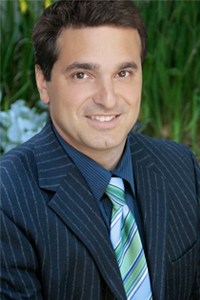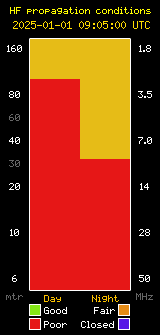ARRL 6/12/2014 – A well-known voice in the Amateur Radio news media has gone silent. Bill Pasternak, WA6ITF, of Santa Clarita, California, died June 11 following a period of ill health. He was 73. Pasternak was co-founder (with Jim Hendershot, WA6VQP) ofAmateur Radio Newsline™ (formerly The Westlink Report) ham radio news webcast and a frequent presence at Amateur Radio conventions. Pasternak served as Newsline’s managing editor and occasional newscaster for the program. Read More…
Member Login
-
Upcoming Events
Dec19Fri7:30 pm Club Meeting @ Goleta Union School DistrictClub Meeting @ Goleta Union School DistrictDec 19 @ 7:30 pm – 9:00 pm15:51:17The Santa Barbara Amateur Radio Club holds its General Meetings on the third Friday of the month. Your Board of Directors recently made the decision to have Club Meetings 12 months of the year, instead of skipping the months of June, July, August, and December. The meetings are held at the Goleta Union School Dist. Admin. Center Board Room. The meeting starts at 7:30pm, but come early for the “Free-to-Good-Home” Table, SBARC Bookstore, and socializing.Dec23Tue8:00 pm Projects NetProjects NetDec 23 @ 8:00 pm – 9:00 pmK6TZ Repeater – 146.79 (-) PL 131.8, linked to 224.08 (-) PL 131.8 – Open net where we discuss all kinds of projects visitors may be working on from radio and computer to auto repair and home improvement. Hosted by Brian – K6BPM.Dec25Thu8:00 pm Technical Mentoring and Elmering...Technical Mentoring and Elmering...Dec 25 @ 8:00 pm – 9:00 pmK6TZ Repeater – 146.79 (-) PL 131.8, linked to 224.08 (-) PL 131.8 – Discussion of the technical aspects of amateur radio. Special attention is given to newcomers. Hosted by a weekly rotating crew of net controls. Search Website





Quick Links
Santa Barbara Aware & Prepare

Register to receive emergency alerts from Santa Barbara County public safety officials.
HF Propagation

-
Recent Posts
Recent Comments






